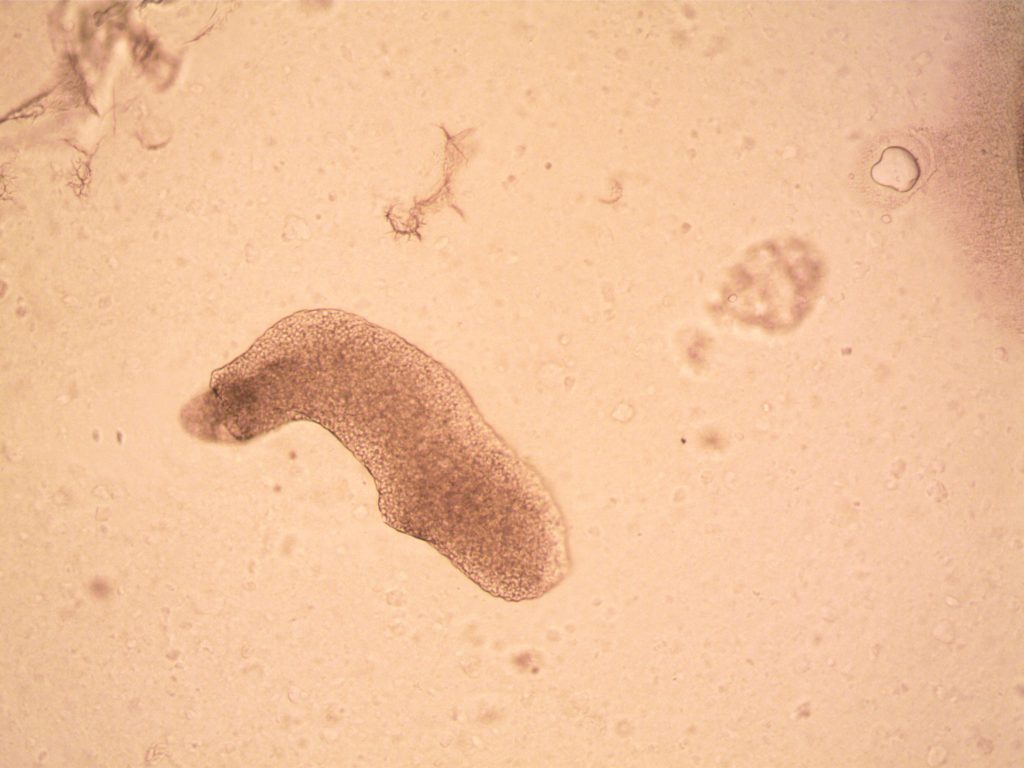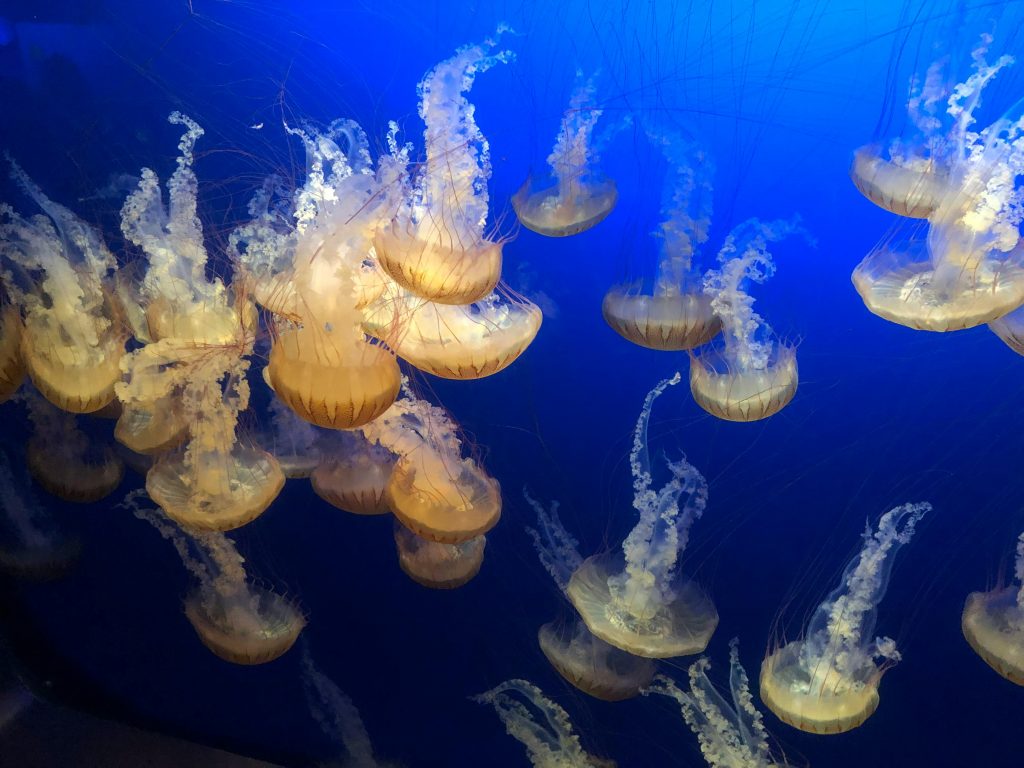Meet the tardigrade, also known as the water bear—a microscopic creature that’s earned a reputation as the toughest organism on Earth. Tardigrades can survive boiling heat, freezing cold, radiation, dehydration, and even the vacuum of space.
These tiny animals, typically less than 1mm long, live in moss, soil, and aquatic environments. What makes them so special is their ability to enter a state called cryptobiosis, where their metabolic processes nearly stop. In this state, they can survive extreme conditions for years or even decades.
Scientists are fascinated by tardigrades not only because of their resilience, but also because their DNA repair mechanisms and protective proteins could have medical and space exploration applications.
In 2007, tardigrades became the first known animals to survive exposure to space when sent on a European Space Agency mission. Today, researchers are exploring how tardigrade biology could protect human cells from damage or extend shelf life in vaccines.
Tardigrades may be tiny, but their potential impact on science is larger than life.



